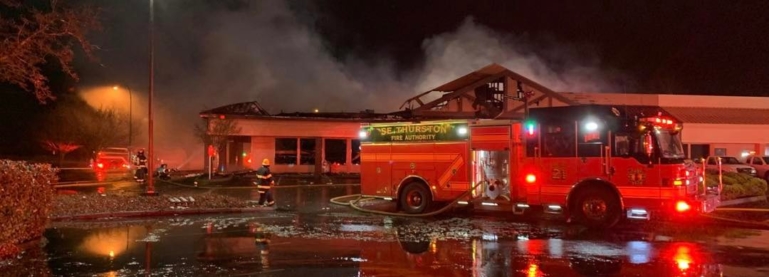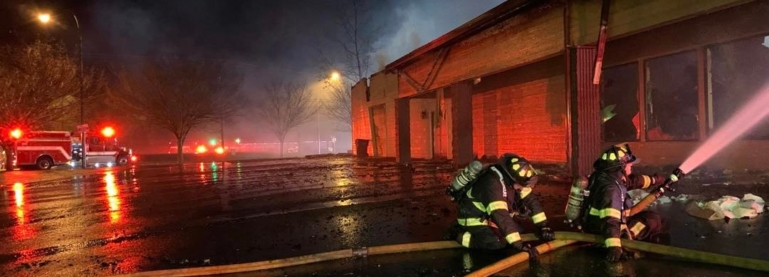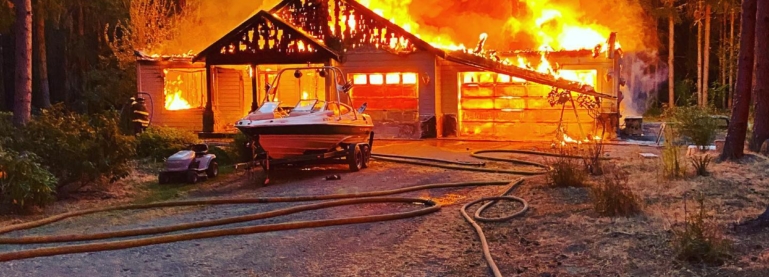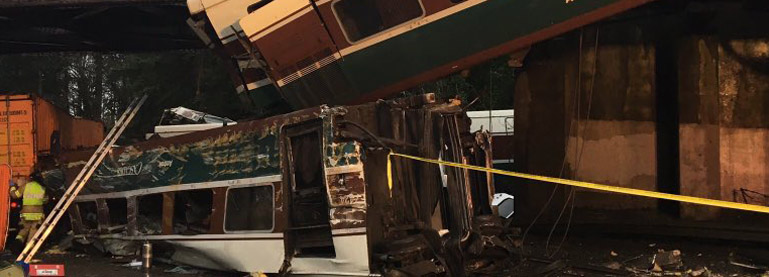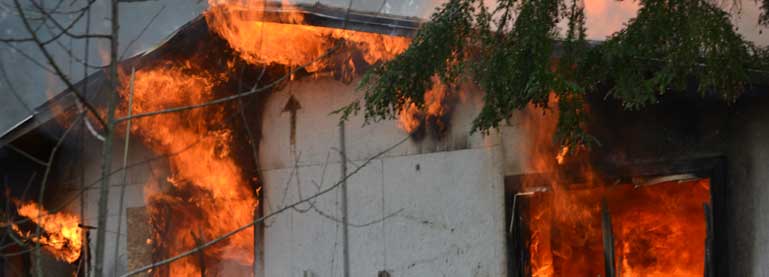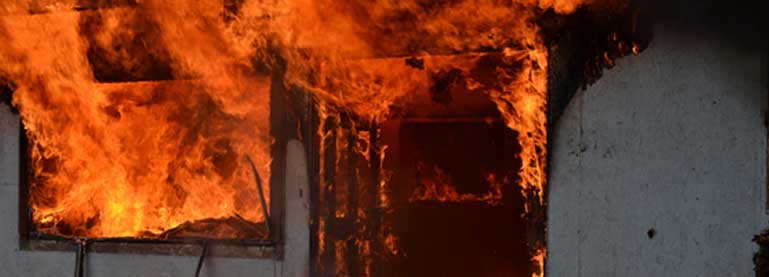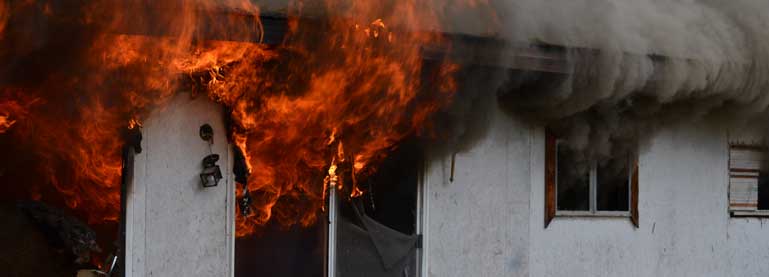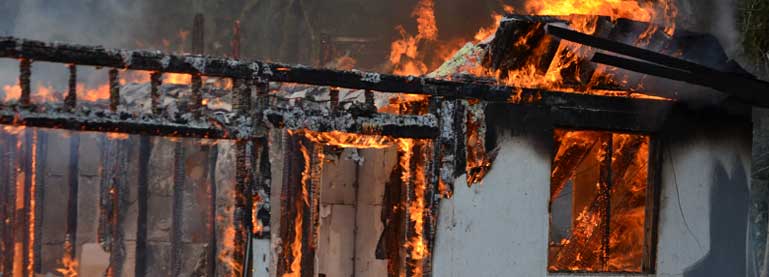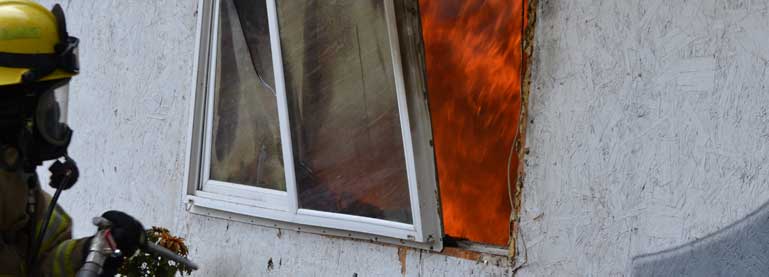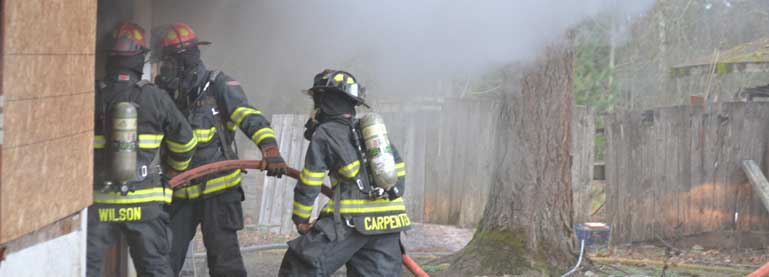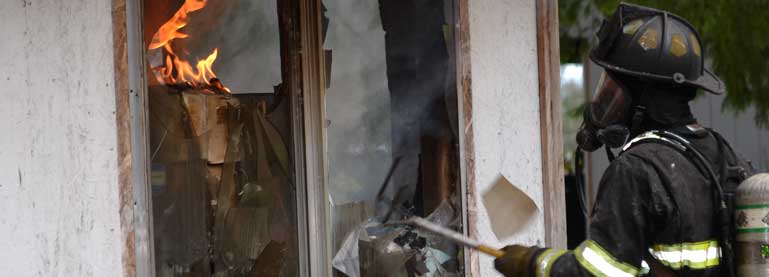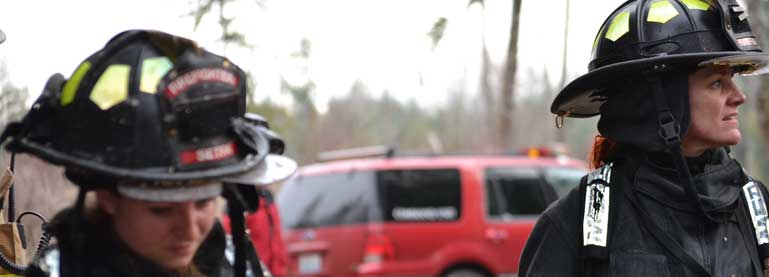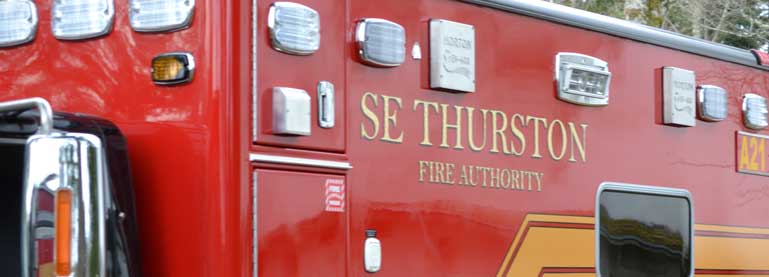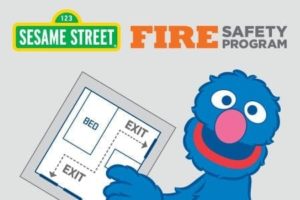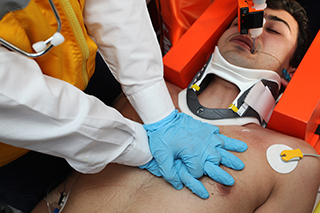Originally posted on Nisqually Valley News’ website.
One person was found dead in the early morning hours of Friday, Feb. 25 after a fire destroyed a residence near the city of Rainier, according to the Southeast Thurston Fire Authority.
The person who died was described only as an “adult” in a news release, stated The Olympian.
At about 4:50 a.m. on Feb. 25, fire crews responded to the blaze in the area of Jonas Hill Road, located outside Rainier, according to The Olympian.
Crews arrived to find the fire underway, stated The Olympian, which included flames that were visible through the center of the roof. The intensity of the fire and damage to the structure prevented crews from accessing the main fire area, according to The Olympian.
That’s the same area where the resident was found dead.
East Olympia Fire District 6, South Thurston Fire & EMS and Thurston County Fire District 17 also were dispatched to assist SE Thurston Fire.
The Thurston County Sheriff’s Office also was on scene, according to The Olympian.

